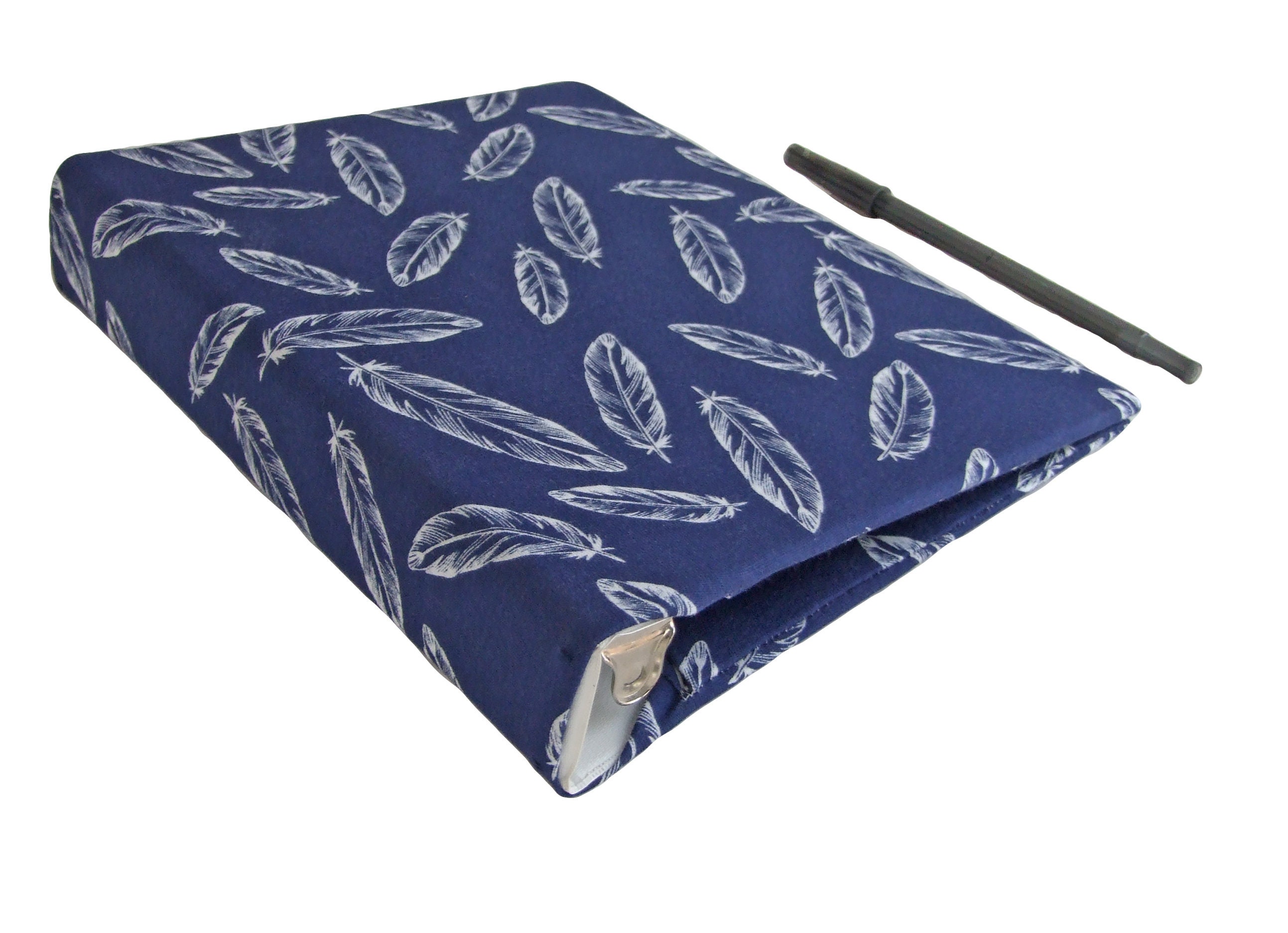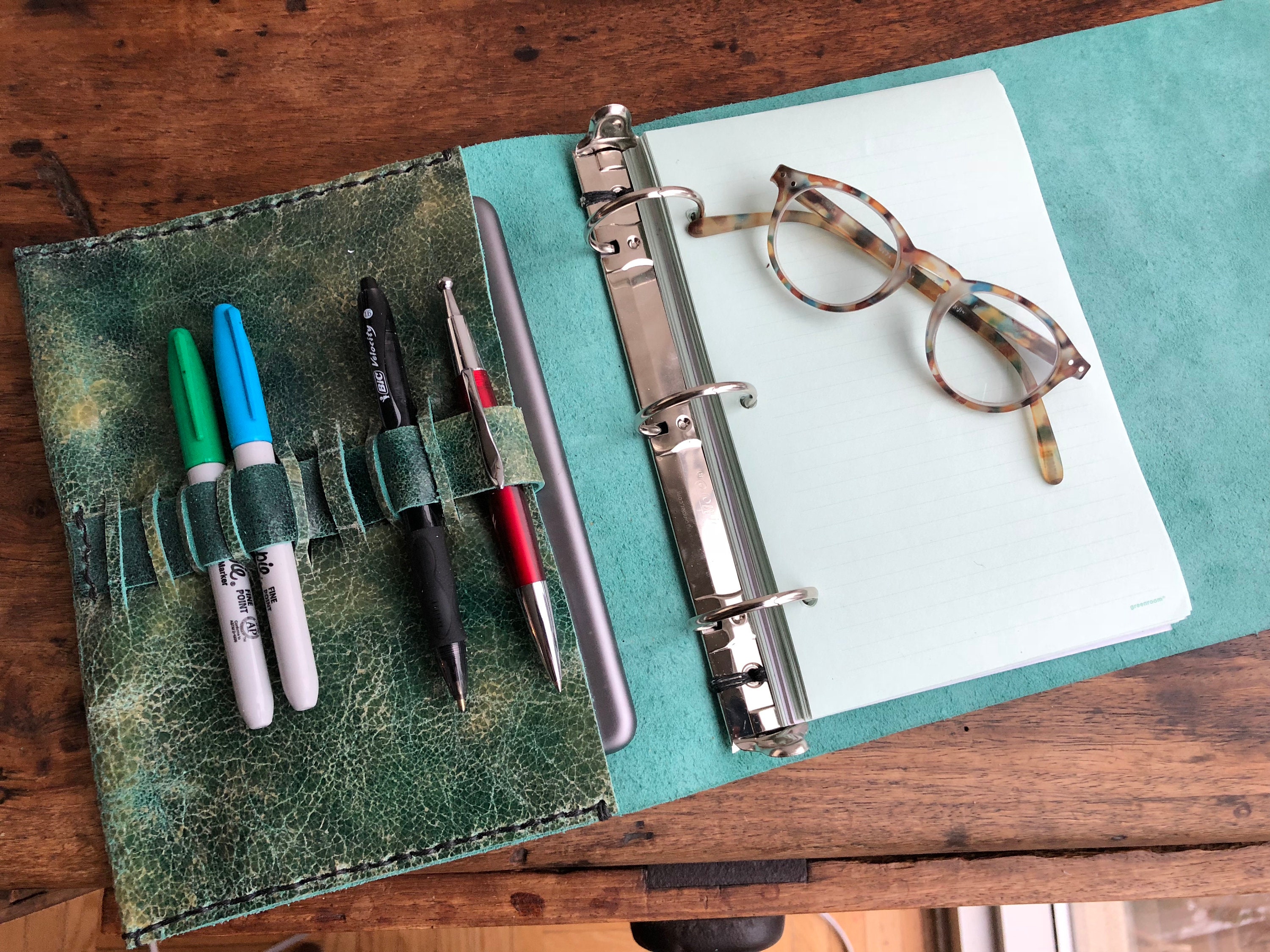

(B) Direct target engagement of SARS-CoV-2 FSE by C5-Chem-CLIP in cells, as assessed by Chem-CLIP. Bottom, Schematic of Chem-CLIP work-flow. Cross-linking is proximity-based,ĭriven by the RNA-binding module. Module and a biotin handle for pull-down. (A) Top, Chemical structure of C5-Chem-CLIP, whereĬompound C5 was equipped with a chlorambucil cross-linking With multiple comparisons, where *, p < 0.05 Įngages the SARS-CoV-2 FSE, validating C5’s target

Using a two-tailed Student t test, while p-values in panel C were calculated with a one-way ANOVA (D) Effect of C5 on SARS-CoV-2 FSE RNA, as determinedīy RT-qPCR ( n = 4). FrameshiftingĮfficiency was calculated as described in panel B ( n = 5). (C) C5 dose dependently inhibits frameshifting.

The ratio of firefly luciferase activity: Renilla luciferase activityįrom the construct containing the FSE vs the construct without theįSE but with firefly luciferase in-frame (control ORF construct) ( n = 8 for C1, C2, C3, and C5 n = 3 for C4). Frameshifting efficiency is calculated by comparing Of small molecules (2 μM) on SARS-CoV-2 frameshifting efficiency Small molecule binding to the AH can inhibitįrameshifting, reducing translation of firefly luciferase. Of a small molecule binder, frameshifting occurs, producing both RenillaĪnd firefly luciferase. (A) Schematic of a frameshifting reporter system in which anįSE is inserted upstream of two ORFs encoding Renilla (in-frame) andįirefly luciferase (requires a −1 frameshift). Of a SARS-CoV-2 mutant in which the loop was mutated to an AU pair.Ĭ5 reduces frameshifting efficiency of the SARS-CoV-2įSE. SARS-CoV-2 attenuator hairpin in the presence of an equimolar amount Screen of an RNA-focused library ( n = 3,271) identifiedįive small molecules that bind dose dependently to a model of the The attenuator hairpin and inhibits frameshifting. The SARS-CoV-2ĪH contains a 5′C UU/3′G UA internal loop, not found in the SARS-CoV AH, thatĬan be targeted by a small molecule. Sequence, and a pseudoknot element that triggers a −1-frameshift,Īllowing translation of ORF 1b that encodes pp1a and pp1ab. This element is comprised of an attenuator hairpin (AH), a slippery ORF 1b is out ofįrame with the ATG start codon of ORF 1a, and thus a frameshiftingĮlement (FSE) between the two ORFs is responsible for its translation. Two open reading frames (ORFs), ORF 1a and ORF 1b. (A) Schematic of the SARS-CoV-2 and SARS-CoV RNA genome, encoding Collectively, these studies demonstrate that the SARS-CoV-2 RNA genome should be considered druggable. The RIBOTAC lead optimization strategy improved the bioactivity of the compound at least 10-fold. The ligand was further elaborated into a ribonuclease targeting chimera (RIBOTAC) to recruit a cellular ribonuclease to destroy the viral genome ( C5-RIBOTAC) and into a covalent molecule ( C5-Chem-CLIP) that validated direct target engagement and demonstrated its specificity for the viral RNA, as compared to highly expressed host mRNAs. The compound stabilizes the hairpin's folded state and impairs frameshifting in cells. By studying an RNA-focused small molecule collection, we identified a drug-like small molecule ( C5) that avidly binds to the revised attenuator hairpin structure with a K d of 11 nM. An analysis to characterize the structure of the RNA genome provided a revised model of the SARS-CoV-2 frameshifting element, in particular its attenuator hairpin. Herein, we designed multiple bioactive small molecules that target a functional structure within the SARS-CoV-2's RNA genome, the causative agent of COVID-19. COVID-19 is a global pandemic, thus requiring multiple strategies to develop modalities against it.


 0 kommentar(er)
0 kommentar(er)
